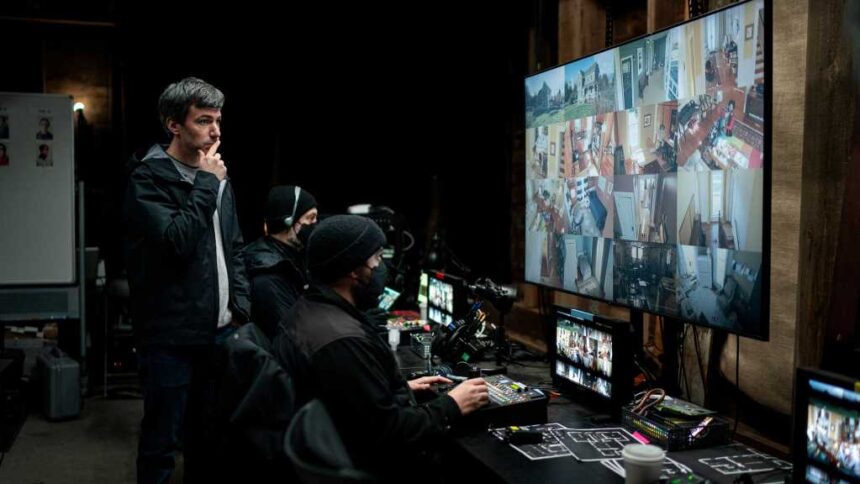As an Entertainment Editor, I’m always on the lookout for new shows to binge, and comedies are one of my staples. However, I’ve always struggled with cringe humour, which was something that initially put me off The Rehearsal.
I’d just come fresh off Apple TV+’s The Studio (also a Tech Advisor recommendation), and while I very much enjoyed the camera trickery, Hollywood callbacks and everyone stabbing each other in the back, Seth Rogan’s character was prone to putting his foot in his mouth, often in very public situations, in scenes that would leave me literally hiding behind a cushion. I simply could not stand it.
Headlines for season 2 of The Rehearsal (which dropped its final episode just under a month ago on HBO/Max in the US and Sky/Now in the UK) described it as having the same type of humour, so I was certain it wouldn’t be for me. However, it’s so completely and utterly absurd that I was drawn in, willing or not.
If you’ve never heard of the show before, it’s a docu-comedy created by Nathan Fielder, known for the show Nathan For You. Nathan believes that knowledge is power when it comes to communication, and that many people fail at conversations because they’ve never been given the option to practise them in detail beforehand.
He solves this problem by recreating scenarios, down to the tiniest details. He’ll build sets of fast food restaurants, houses and even airport departure lounges, complete with hired actors who have often shadowed real people in those environments to make the rehearsal as accurate as can be.
John P. Johnson/HBO
I’ve finished season 1, which covers a few different scenarios. The main ‘plot’ follows the creation of a fake family to simulate how to raise a child in fast forward (I’d explain how, but it’s best you experience it for yourself). Season 2, which I’ve just started, shows Nathan tackling communication between pilots to try and improve aviation safety.
Just when you think Nathan can’t go any deeper or be more meticulous about certain details of these rehearsals, he’ll always end up surprising you. Here’s an example from the first episode, which follows Kor, who’s preparing to break the news to his pub quiz team that he doesn’t have a master’s degree.
Kor begins to rehearse with an actress in a perfect replica of his local, Brooklyn’s Alligator Lounge. However, he becomes distracted from the important conversation by the fake trivia questions, which he keeps getting wrong. Nathan, recognising this is an issue, finds a way to subliminally tell him the answers so it won’t interfere with future rehearsals.
The thing that keeps me hooked is that I can’t work out what is and isn’t real about this show. Some of the people who are presented as authentic are so outlandish that you simply cannot believe they are who they say they are.
A prime example is Nathan’s fake wife, Angela, from season 1, whose appearance sparked an entire Vice investigative article due to her extreme Christian views, which include believing that Halloween is evil and satanic – Vice’s article didn’t reach a definitive conclusion, either.
But at least certain aspects of the show are real. Variety reports that one budding musician lost $1,000 when she signed up for a ‘singing competition’ in season 2, completely unaware that it was also one of Fielder’s complicated social experiments.
I’m even questioning Fielder himself. Does his brain truly work the way it’s presented on camera, or is it an exaggerated personality designed purely for entertainment?
From what I can tell, at least some people and elements of the show are real, and if that’s the case, there are certainly some morally dubious things that Nathan does – he either doesn’t seem aware of how his experiments impact other people’s emotions, or he does know and is simply willing to overlook them for a larger purpose.
Either way, The Rehearsal has me hooked, and I want everyone to see how mad this TV show can get… and debate what’s real and what isn’t.
The Rehearsal seasons 1 and 2 are now available to watch on HBO and Max in the US, and Sky Comedy and Now in the UK.
Read the full article here










